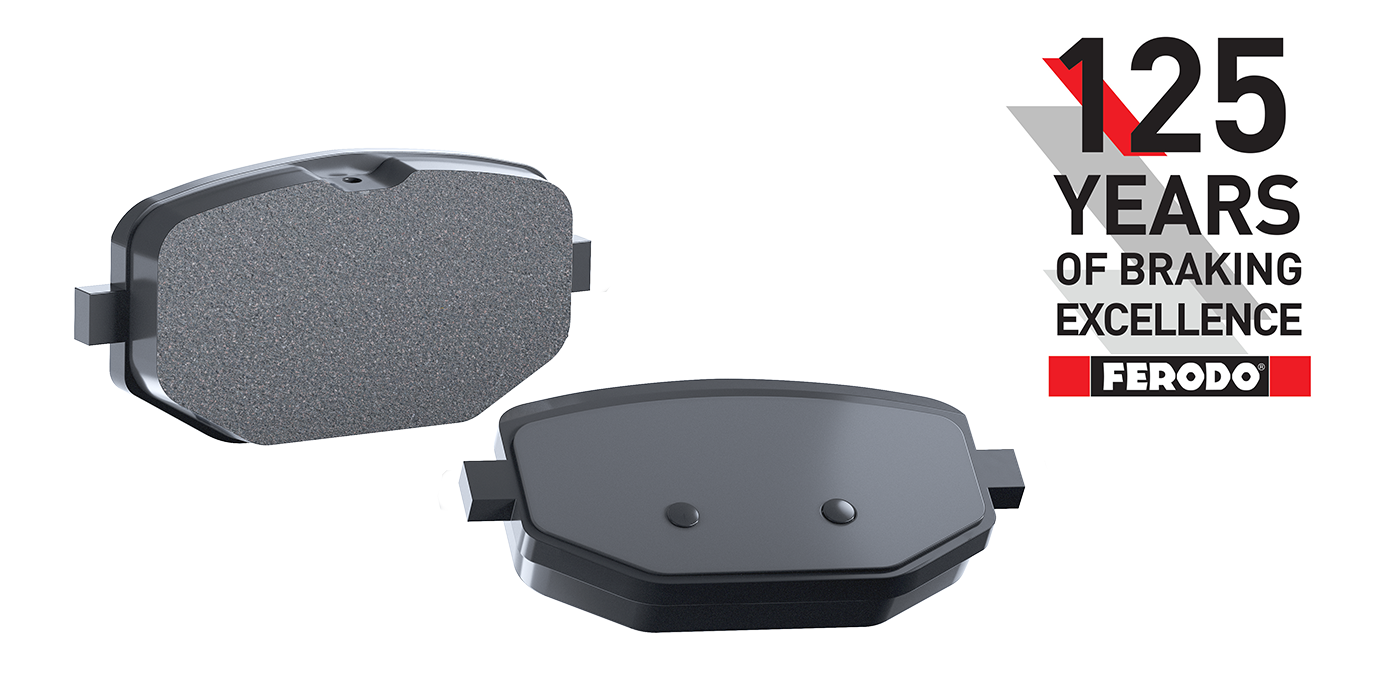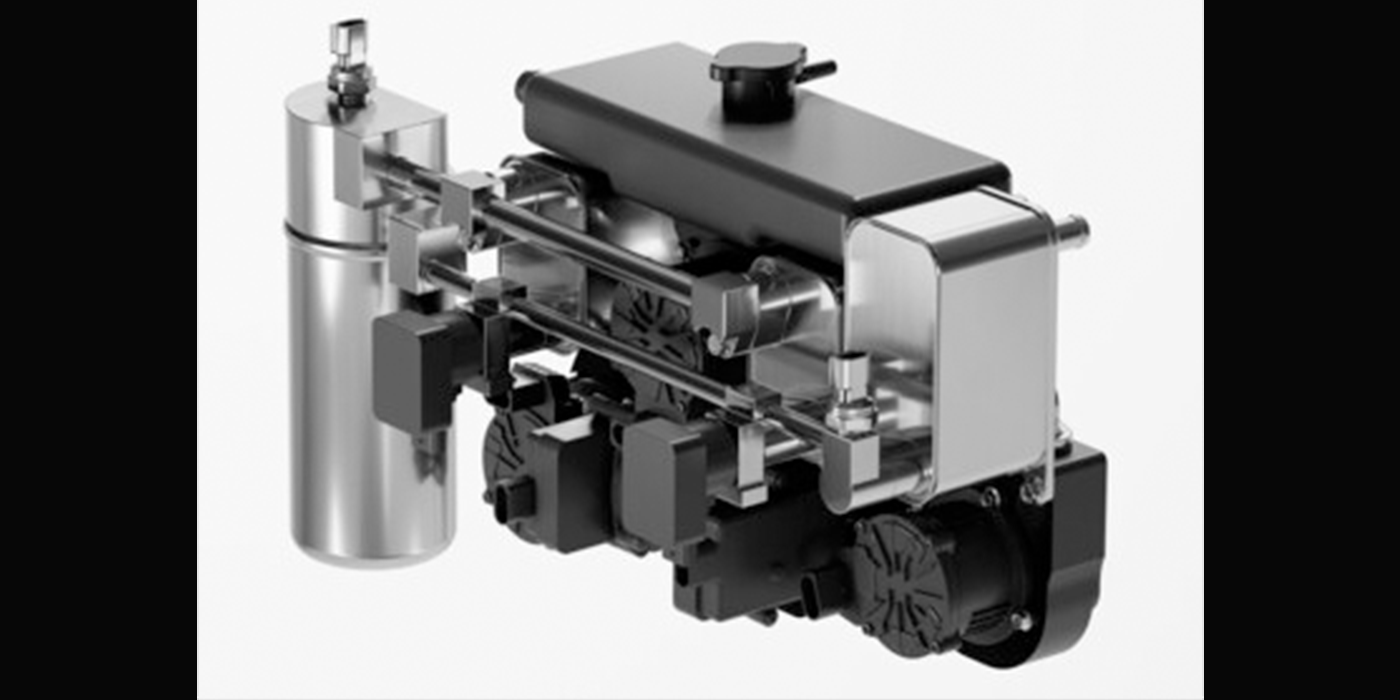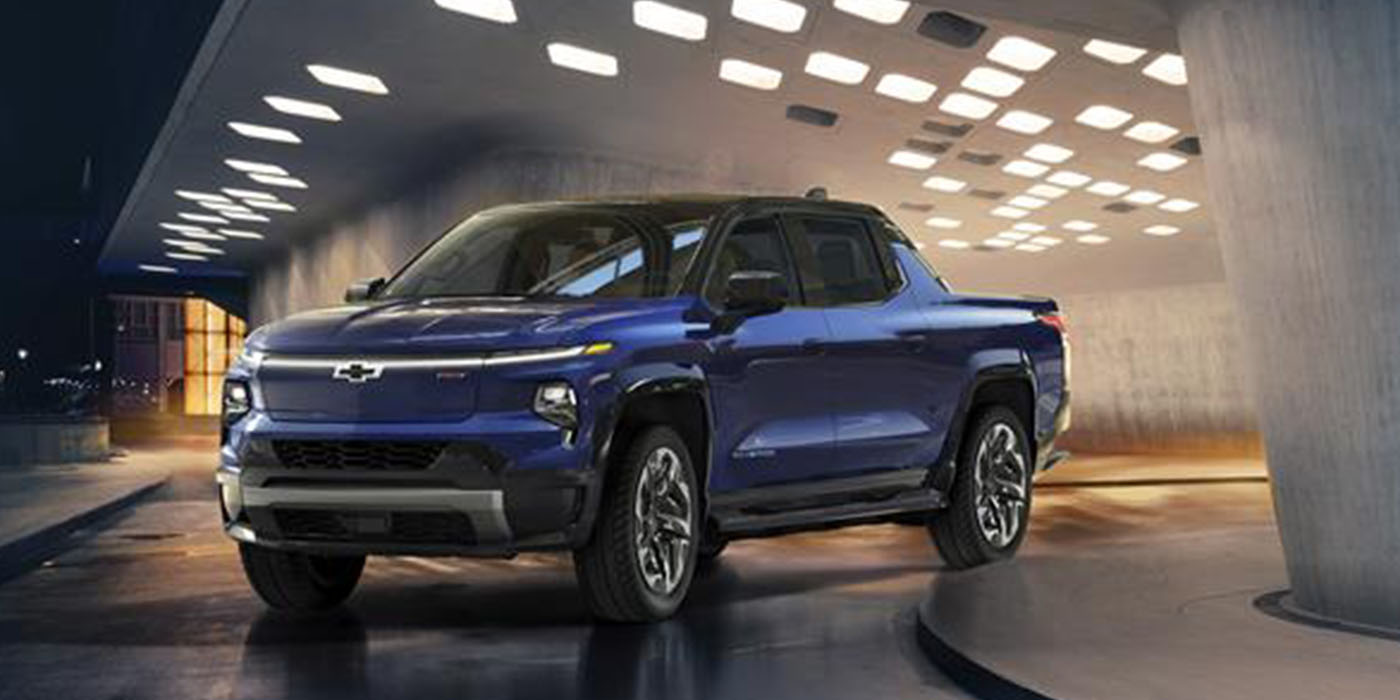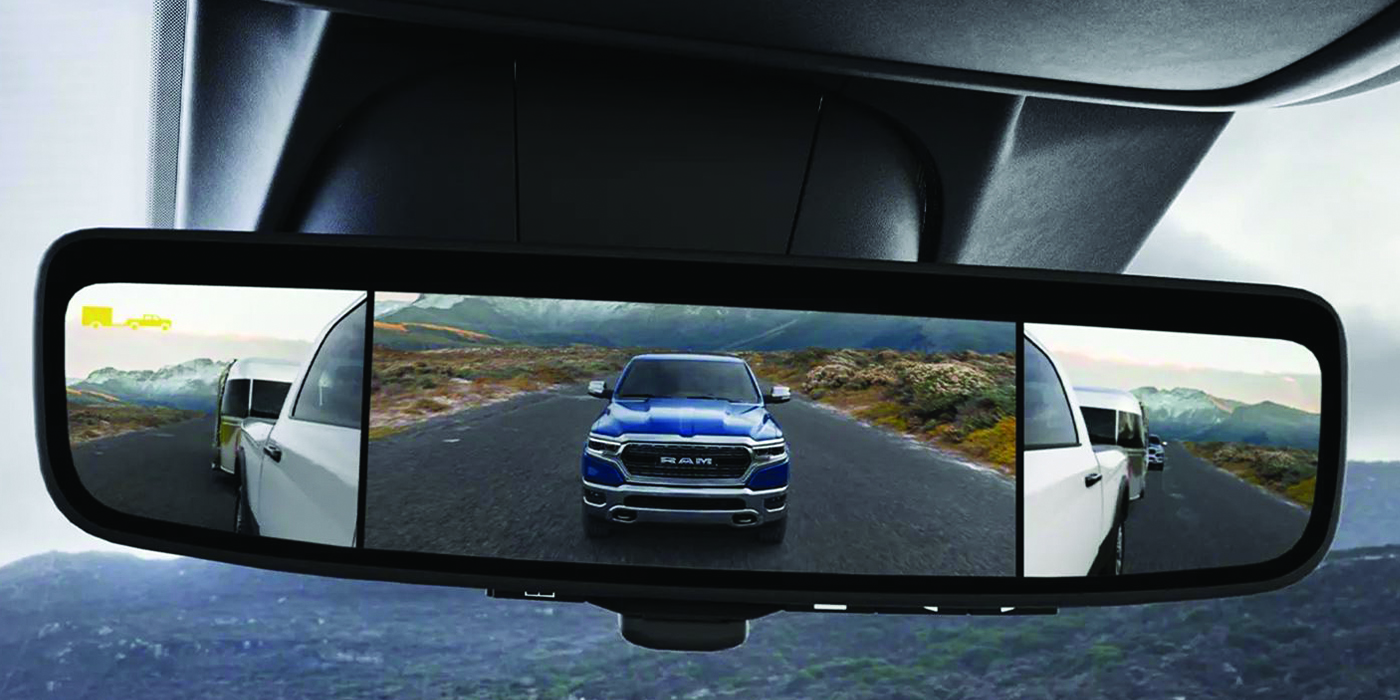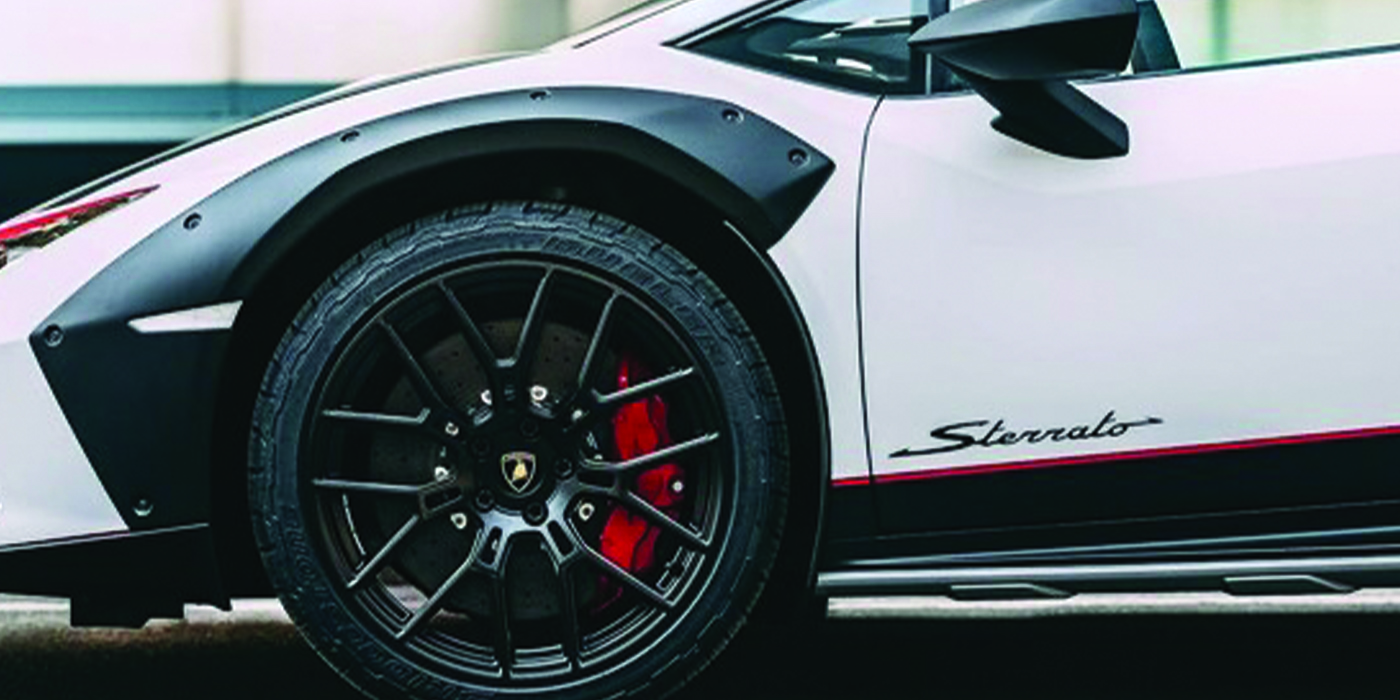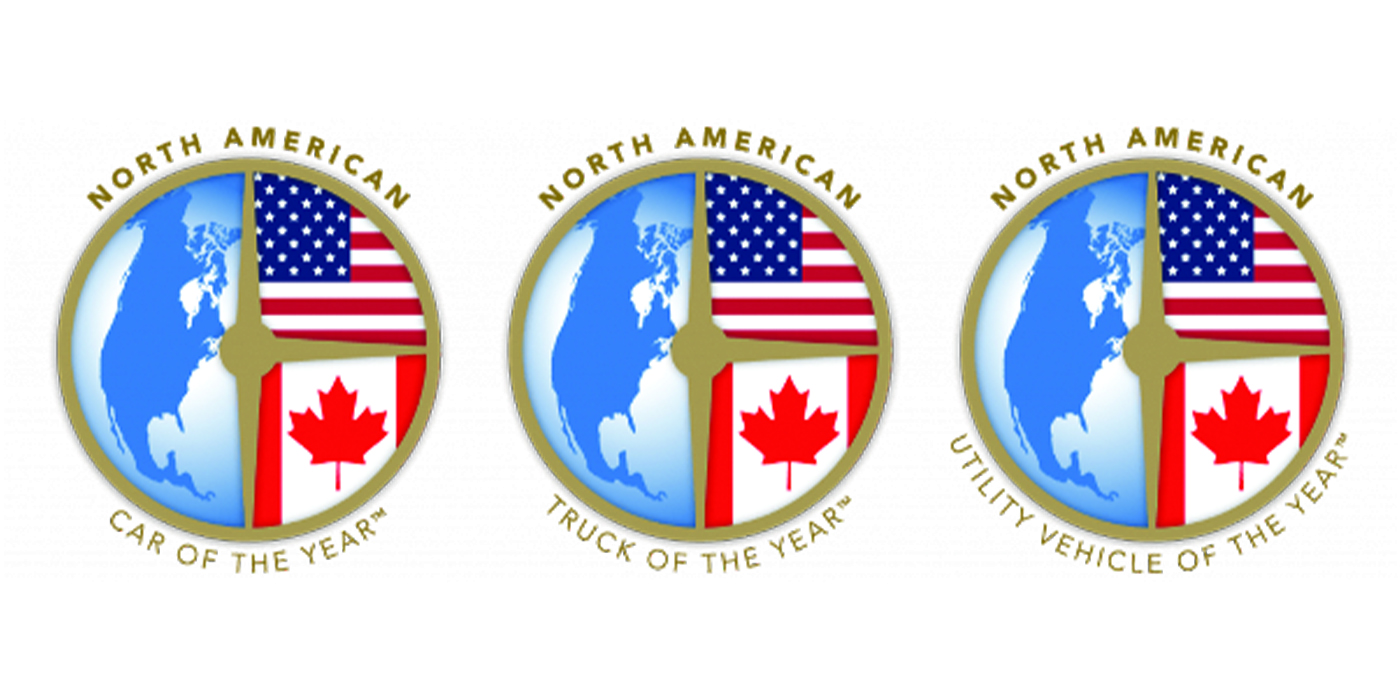From International Herald Tribune
DETROIT — Henry Ford, who created the automotive industry’s first mass-market hit with the Model T a century ago, was a proponent of radical simplicity.
In fact, Ford became famous for saying his customers could have the $825 Model T in any color — so long as it was black.
Since the first Model T appeared in 1908, Ford’s vision of top-down efficiency has been swamped by thousands of feature and color combinations on new cars, trucks and sport utility vehicles.
A result, executives say, has been higher production and inventory costs and headaches for customers and dealers in sorting through a complex matrix of choices.
Ford Motor and the other U.S. automakers are now going back to black, embracing the spirit of Ford’s notion in response to mounting losses and the risk of a deeper downturn in the United States in 2008.
Ford’s chief executive, Alan Mulally, said he was amazed by the number of variations Ford offered when he arrived there from Boeing in 2006.
He had been looking at the Lincoln Navigator console and noticed that there were 128 different options one could choose on the console.
"That’s just the console," he said.
With so many variations, a customer will inevitably want a vehicle that is not in stock, leading to a frustrated customer and pressure on the dealer to offer a discount, Mulally said.
"They’re unhappy and we’re losing money," he said.
Ford posted losses of $2.7 billion in 2007 and $12.6 billion in 2006.
Ford’s chief of marketing, Jim Farley, who was hired away from Toyota Motor last year, said he was stunned to find that Ford was offering 100,000 combinations of options on its entry-level Focus sedan. Some 80 percent of Ford’s sales came from just 4,000 of those combinations, he said.
In response, Ford has cut complexity by reducing the number of "buildable combinations" of the 2008 Focus by 99 percent. On the 2008 Expedition, it has cut combinations by 95 percent.
"Coming from Toyota, I can tell you that the opportunity is there to reduce the complexity of our lineup," Farley told analysts recently.
It’s a similar story at Chrysler, where the sales chief, Jim Press — another high-level defection from Toyota — has also pushed the struggling automaker to simplify.
Chrysler’s chief executive, Bob Nardelli, has described the situation this way: "Previously, we offered too many options. That resulted in too much complexity in the plants that build them, too much confusion for the dealers who order them and no added value to the customers who buy them."
Nardelli said Chrysler had cut ordering complexity by 93 percent over the past two years by dropping some options and repackaging others.
Chrysler, which lost $1.6 billion last year, plans to go further, cutting models and trimming dealers. That represents a stepped-up restructuring under Cerberus Capital Management, which bought an 80 percent stake in the automaker in 2007 from DaimlerChrysler.
General Motors is also paring variations to cut costs and expects to have the vast majority of vehicles on shared global platforms within two years, said Jon Lauckner, GM’s vice president for global program management. "It has tremendous advantages," he said. "Obviously we’re going to leverage one of our strengths, which is our scale."
General Motors, the largest U.S. automaker, increasingly markets vehicles made on common platforms under different names in markets around the world with only minor changes, a process that saves money that can be rolled into product development.
The first GM vehicle with the global architecture, the Opel Vectra, will be introduced at the London auto show and will be on the road in the fall.
The next GM vehicles to be built with the global structure will be small cars from its Korean affiliate Daewoo, Lauckner said.
Japanese automakers are widely seen as leading the way in cutting costs by sharing unseen parts across vehicle lines and reducing complexity. But Al Castignetti, Nissan Motor’s division manager for North America, said Nissan also saw more room to simplify in the U.S. market.
Nissan dealers, he said, have said they feel weighed down by having to deal with 250,000 ordering combinations in some cases.
"We’ve gotten rid of a decent amount of complexity, but we still have a way to go," Castignetti said.
The Altima and the Maxima were two of the biggest Nissan offenders and have gone through major reductions of options like trim and color and even the platforms, he said.
About 70 percent of Nissan sales in a given car model are sold in the same way because buyers tend to choose the most common options, Castignetti said.
John Tulloch, vice president for client services for the marketing agency George P. Johnson, said automakers could sell the "less is more" concept to car buyers if the savings were used to improve remaining models and reduce sticker prices.
"Customers," he said, "could get a better price beyond incentives or could get better packages, such as a satellite radio or higher end safety features."
(C) 2008 International Herald Tribune. via ProQuest Information and Learning Company; All Rights Reserved



